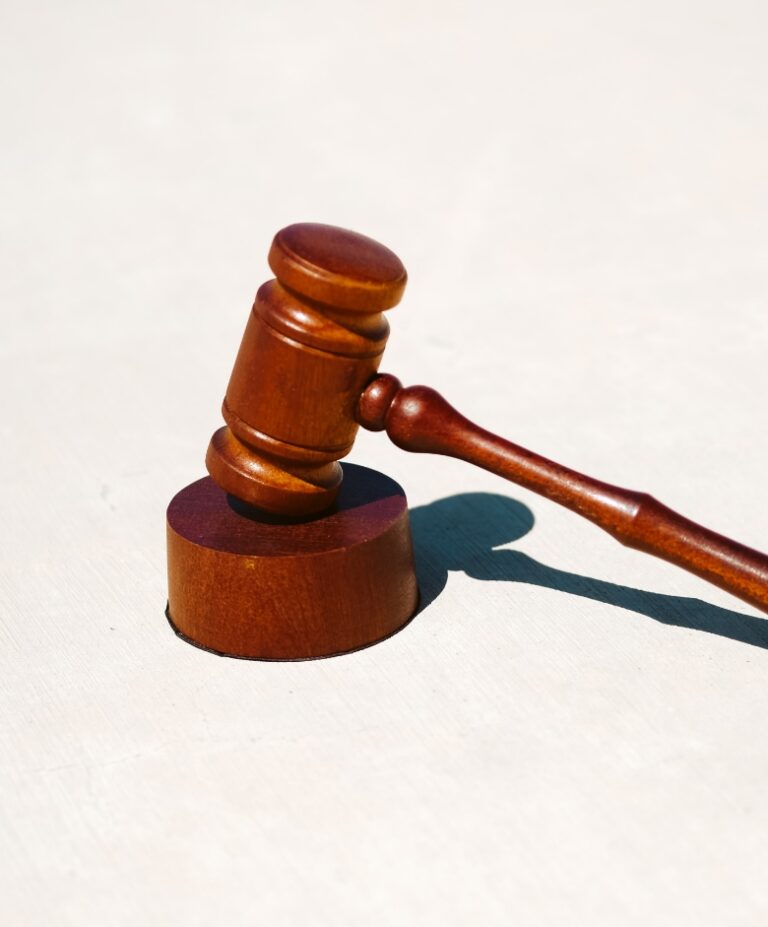The California Code of Civil Procedure Section 564 lists many of the traditional types of cases in which receivers may be appointed. They include, but are not limited to, the following: Preservation of a common fund or property in dispute and in danger of injury or dissipation;Rents, Issues and Profits (Real Estate);Substandard Housing – The…

How are court receivers appointed?
In California, a receiver is appointed by the court when one party in a lawsuit files a motion seeking the appointment of a receiver. Learn more about how this process works.
Receivers are appointed pursuant to court order. Different courts and different judges have different rules and procedures related to the appointment of a receiver. The facts and circumstances dictate which method is utilized. There are 3 primary ways a judge considers appointing receivers, including a Los Angeles real estate receiver or a Los Angeles partition referee.
First, a judge may consider appointing a receiver as a result of a motion filed on a noticed motion basis. The timing to obtain a court date will vary depending upon the Court’s schedule. This ranges from as little as a few weeks up to 6 months or longer depending on a variety of circumstances. At that point, the court will ordinarily hold a hearing and the lawyers will have an opportunity to present oral arguments after which the judge will rule. Following the court’s ruling, a formal order appointing the receiver will be signed by the Court. Sometimes, this is preceded by a minute order.
Second, a judge may consider appointing a receiver as a result of a motion filed seeking an order shortening time. In order to grant this request, the moving party will need to convince the court that there is some level of urgency. This avoids waiting the full period of time until the court’s calendar has an opening. This approach does not involve an emergency situation and a moderate amount of time will transpire between the filing of the motion and the hearing to appoint the receiver.
Third, A judge may consider appointing a receiver as a result of an ex parte application. An ex parte application is utilized when one party asks the court for an order without providing the other party the usual amount of notice or opportunity to write an opposition. The ex parte application must show there is an emergency such that there will be irreparable harm or immediate danger if the order is not granted. An ex parte application should only be filed when there is not enough time to serve a regularly noticed motion which is 16 court days at a minimum.
In order for a judge to consider an ex parte application seeking appointment of a receiver, the asset over which the receiver will be appointed needs to be in some kind of danger. This includes lack of insurance, theft, mismanagement, waste, nuisance, tax sale, fraudulent transfer, breach of fiduciary duty, and various other situations that would give rise to the appointment of a receiver. It is important for a receiver to be able to demonstrate that he is a specialist in the particular type of receivership being considered.
Sometimes, a court will ask for both the plaintiff and defendant to provide their own suggested receiver(s). The court then reviews the qualifications of the receiver and independently selects the receiver. The nominated receiver must submit a declaration in support of the motion/application seeking the appointment of a receiver. The declaration sets forth the receiver’s qualifications, rates, background, education, and training. The declaration also identifies whether or not the receiver has a similar experience to the proposed subject receivership estate.
Courts sometimes determine that the appointment of the receiver is not immediately appropriate. They may issue alternative relief such as a preliminary injunction that enjoins and restrains a party from taking a particular action. If the party thereafter violates the preliminary injunction, the court may then be inclined to grant the appointment of a receiver.
Local rules are important. Some courts require electronic filing, some courts may be dark on certain days, and in other instances, courts may or may not actually hold hearings after the application for appointment of a receiver is filed. Southern California receivership and Northern California receivership appointments are not common. The appointment of a receiver is an extreme remedy and the moving party needs to provide ample evidence that the appointment of a court-appointed receiver is appropriate given the facts and circumstances.
Once the court determines that a receiver should be appointed, the order is signed. In some cases, the court will mail out the order and in other situations, the court will issue the order electronically. Thereafter, the plaintiff’s counsel will circulate a notice of ruling. The receiver must file his/her bond and oath of a receiver in order to initiate his/her duties as a court receiver.
Related Posts
A receivership can be structured in a variety of ways based on the nature of the dispute, the goals and objectives of the parties, the type of asset(s) that will be placed under the control of a receiver as well as the ruling of the court. There are two core types of receiverships – a…
All court receiverships are not created equally, but the life-cycle of a court receivership has similarities that can be seen in almost every case.




